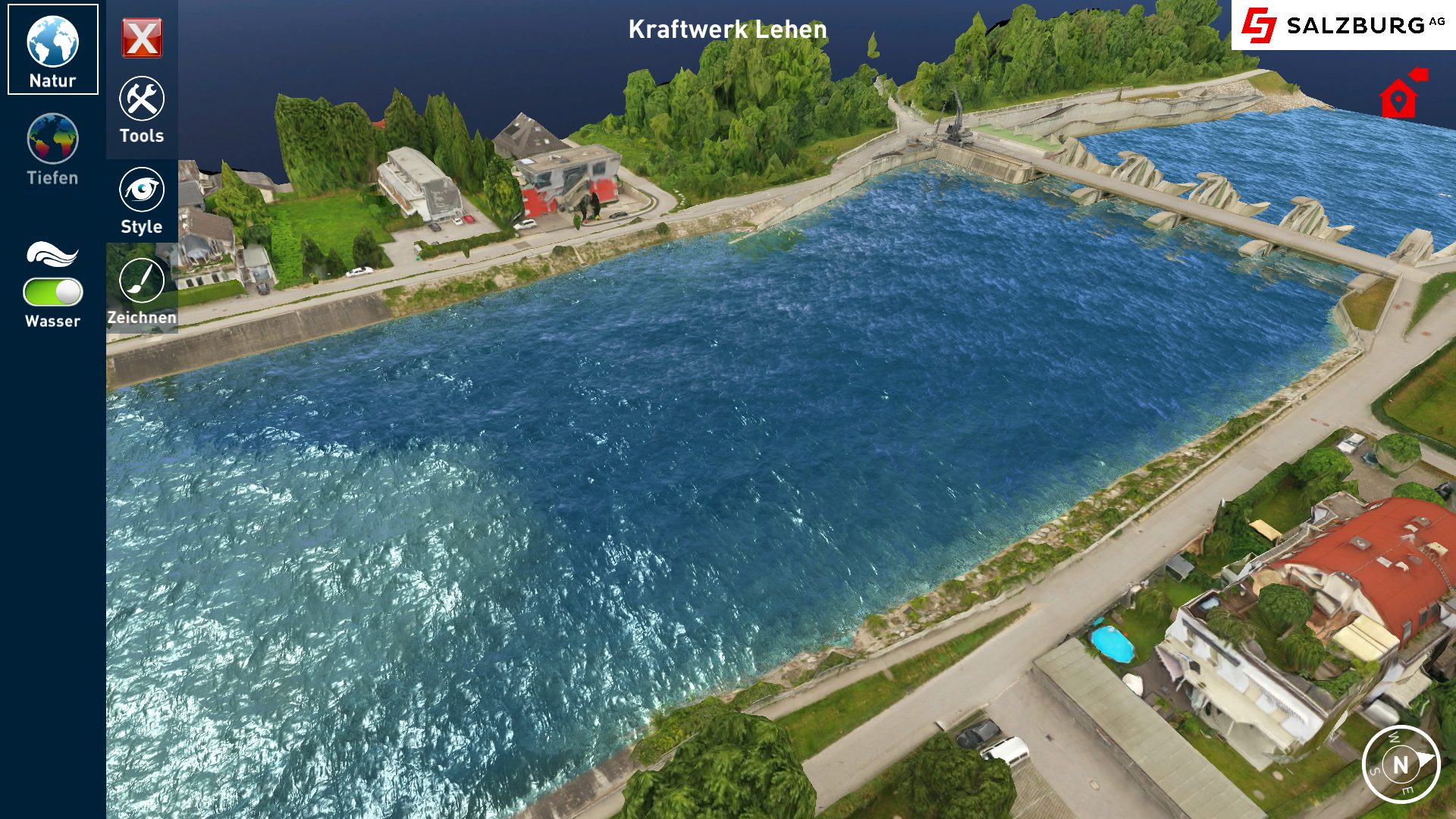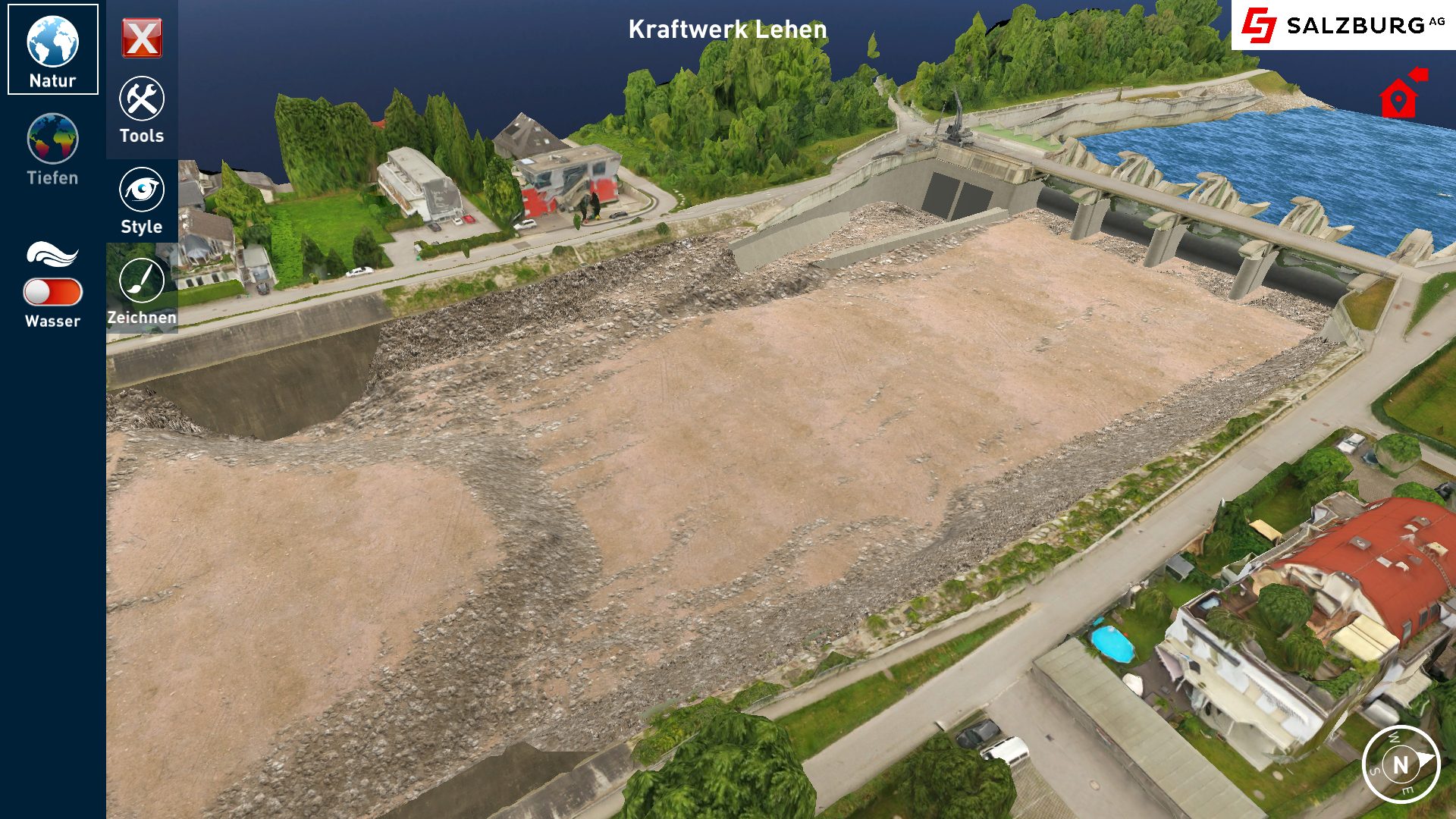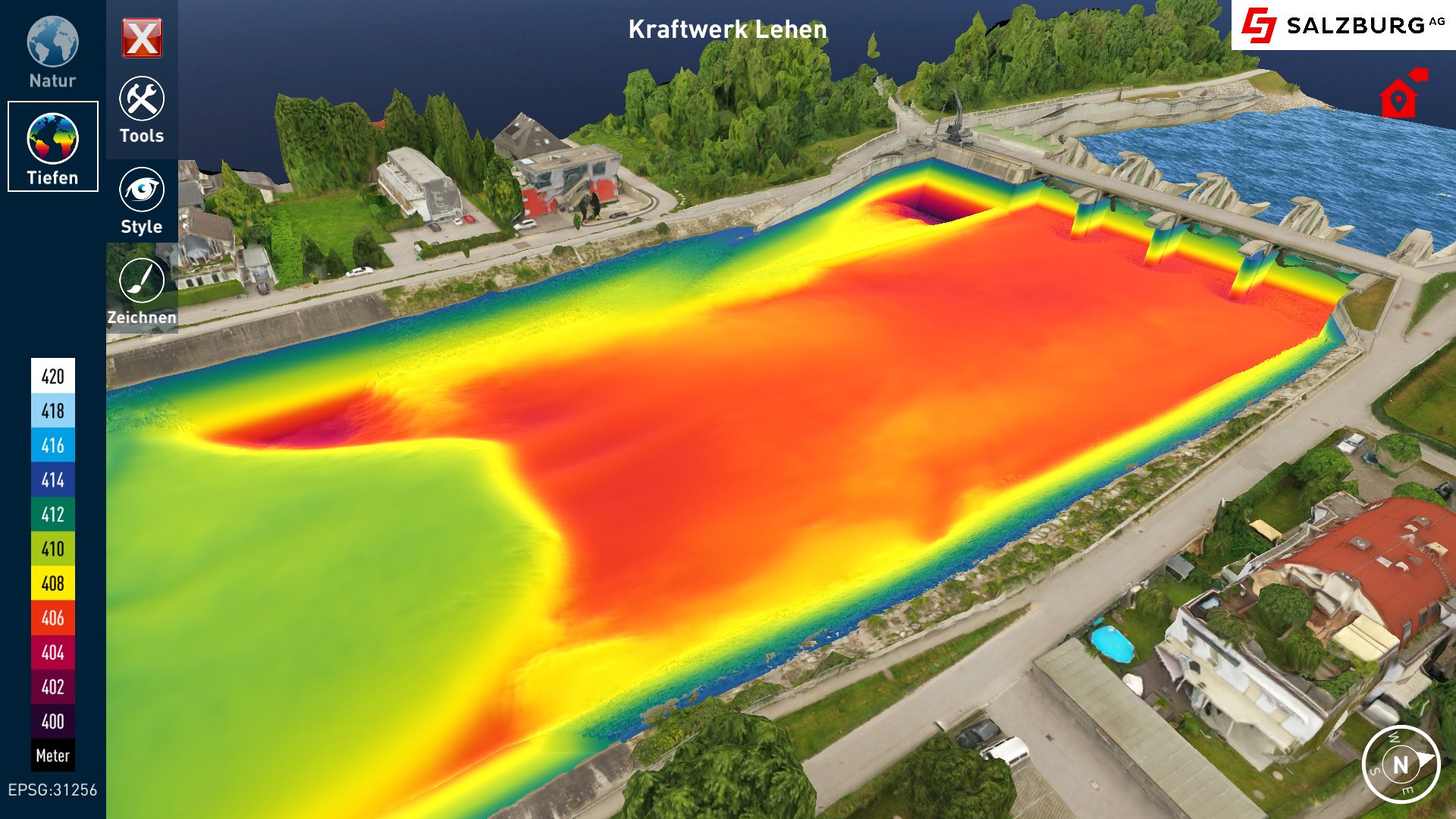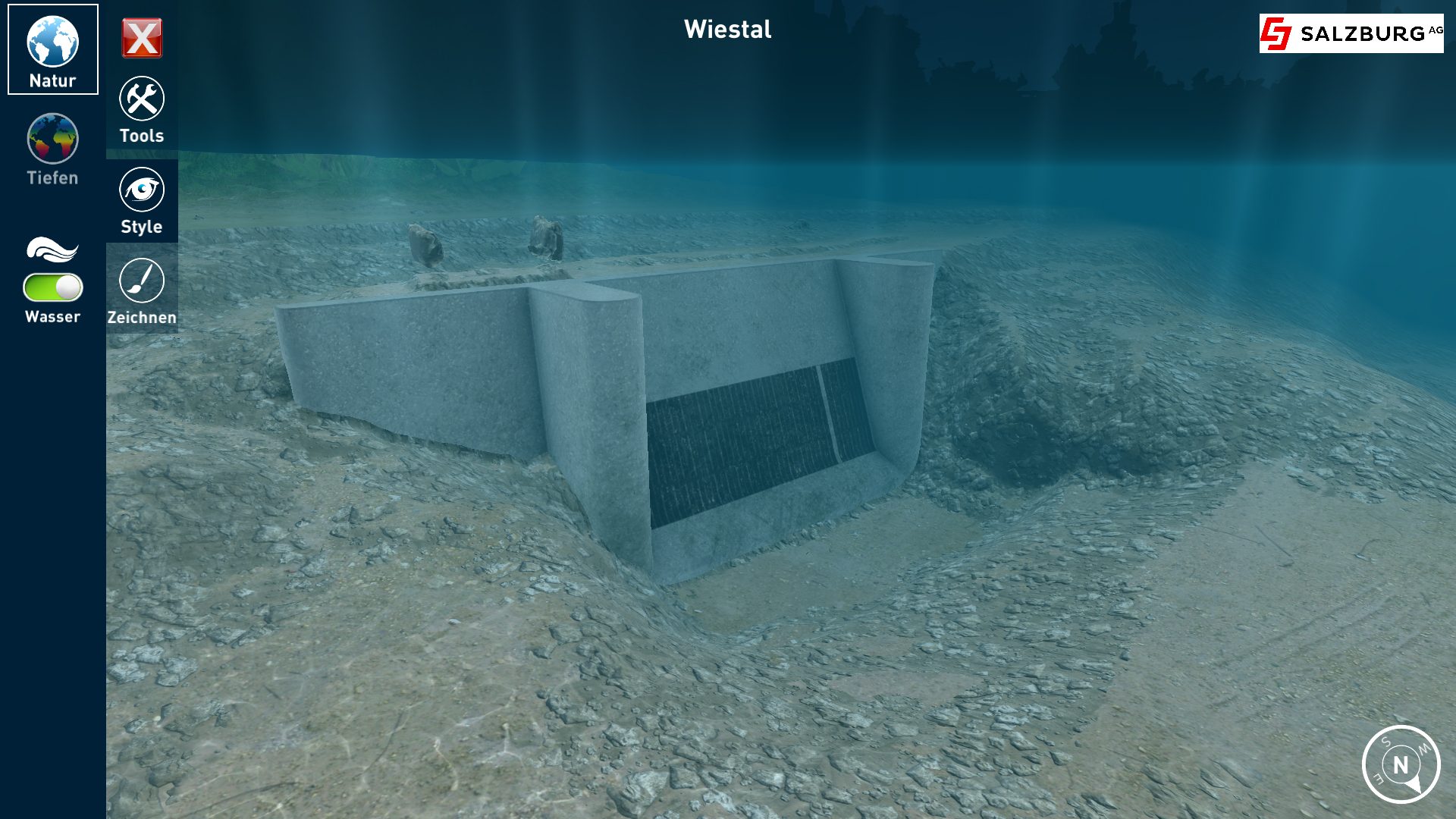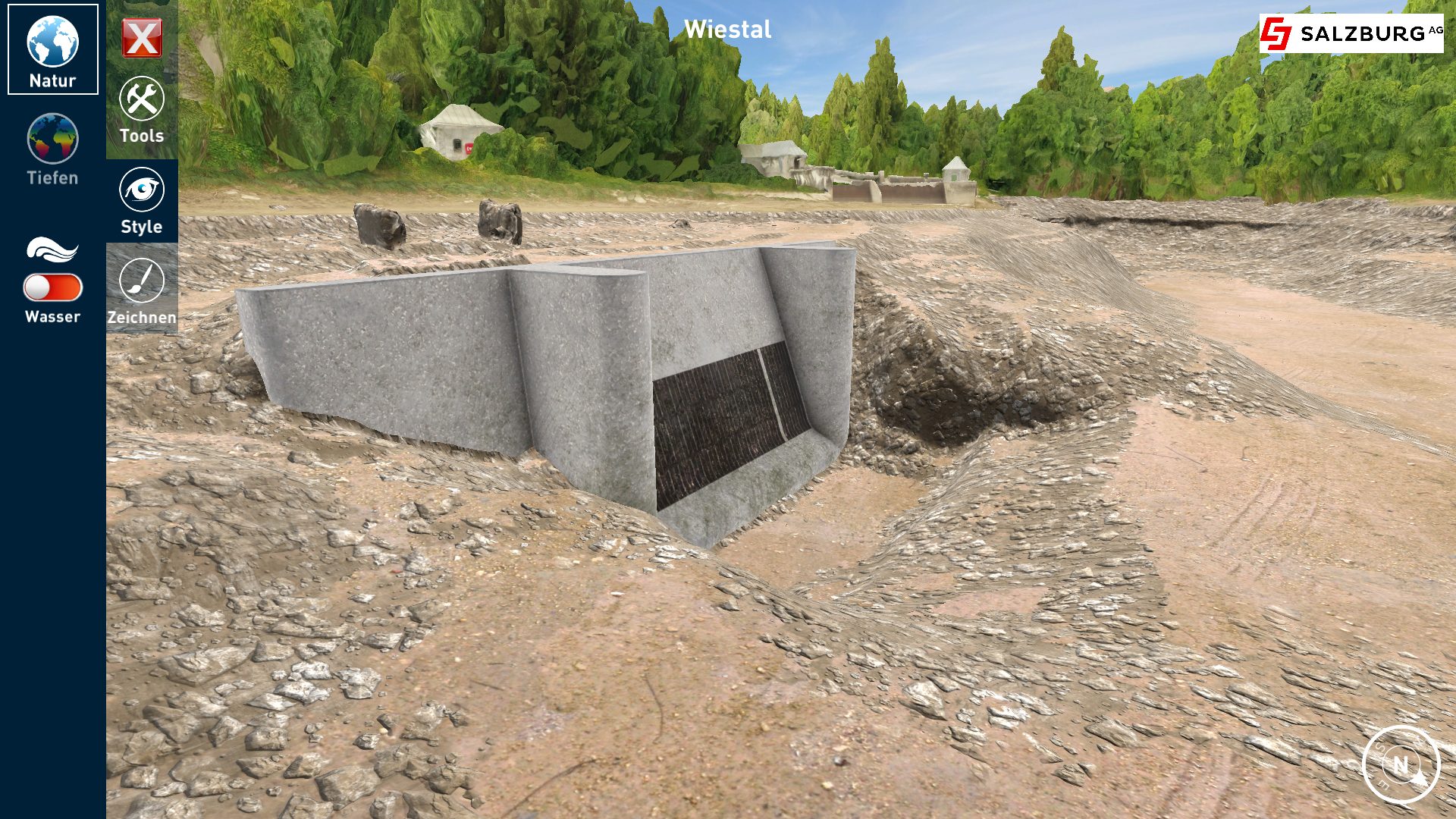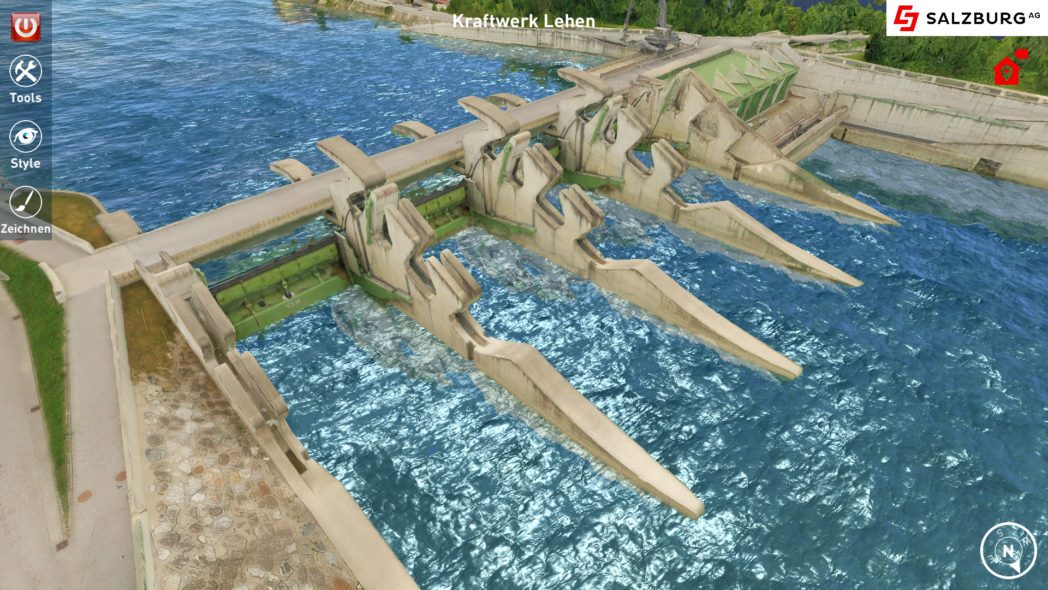
The digitization has helped to accurately survey our entire planet. Every mountain, valley, house, and road can be found on our maps.
There are no more blank spots on the map, right? Wrong! Humanity has surveyed everything above the water, i.e., over the oceans, lakes, and rivers. But how the landscape looks under the water is still largely unknown, even though the technologies required to survey underwater worlds already exist and there is a great interest in them.
Maps for scuba diving
Scuba diver Thomas Nemetz also knows this. In scuba diving, it is important to study the maps of the underwater landscape in which one wants to dive for preparation and safety reasons. However, in many cases, these maps do not exist. This is why many scuba divers hire a guide who knows the underwater terrain well. No maps required.
But Thomas Nemetz didn’t want to settle for that. This is why he founded the company Ocean Maps, which maps underwater worlds in popular diving spots like the Bahamas or the Florida Keys.
New markets for underwater maps
It quickly became apparent that other industries are also interested in underwater maps. As the scuba diving market experienced difficult times during the COVID-19 crisis, this was a welcome development. The demand from the energy and construction markets and the public sector is growing stronger and has long since overtaken that of the scuba diving industry. For operators of hydroelectric power plants, information on what it looks like underwater is essential. For example, they need to know if the turbine is running freely and where deposits are accumulating. Such information is also relevant for bridge construction or flood protection. “In the past, you could only get a picture of the situation underwater through divers. They were often impaired by poor visibility or swirling sand. A very expensive and time-consuming undertaking,” explains Thomas Nemetz.
Going into the depths with sound waves and diving robots
Ocean Maps uses state-of-the-art equipment for surveying. A multibeam sonar device is used to measure the depth of the water and the subsoil with sound waves. The speed with which the sound wave signal returns provides information about the depth of the water at a point, and the strength of the signal provides information about the subsoil. For example, if it returns very strongly, it is a concrete subsoil. There are only a few centimeters between the measurement points. From this, the Ocean Maps team can create a precise image of the underwater landscape in a very short time.
To generate further information about the underwater world, Ocean Maps also uses a diving robot. This remotely operated underwater vehicle (ROV) is easy to control and doesn’t stir up much sand. A camera on the ROV allows interesting objects, such as wrecks in scuba diving or larger obstacles at the turbine inlet of a hydroelectric power plant, to be viewed from multiple angles.
Measure, visualize, apply.
To draw a complete picture of the environment, Ocean Maps also uses images from sources such as drone footage, publicly accessible GIS data, or laser scans. All existing data is merged in a digital twin, a 3D model of the landscape above and below water. This makes it visible from a bird’s-eye view, underwater, or even indoors in a power plant or wreck. Users can thus get a detailed picture of the environment and use it for documentation, planning, or emergency purposes.
In the future, the digital twin is expected to be fed with even better data and equipped with artificial intelligence. The digitization of buildings (BIM – building information management) is increasingly in demand, and with its measurements and digital twin, Ocean Maps is helping to digitize existing structures such as power plants and bridges. This could enable an AI to predict when a bridge needs to be renovated in the future. Ocean Maps sees its digital twin software as its major market for the future, as it is highly scalable. “I can use it to map a thousand bridges and facilities.”
Staying innovative with R&D, funding, and patents
To remain innovative, Ocean Maps regularly participates in research projects, such as with the Department of Geoinformatics at the University of Salzburg. The company already holds seven patents, particularly in the software area. To support research projects and patent applications, Thomas Nemetz frequently relies on funding. “Rolling out patents internationally is expensive, but it is particularly important in the software area.” The company seeks support from our funding and intellectual property law advice when applying. “Innovation Salzburg is my first port of call when it comes to funding.”
This might also interest you
6. March 2025
salz21: Necessary Steps for the Future
On March 5, 2025, salz21 | Home of Innovation once again provided a platform for future topics, innovations, and interdisciplinary exchange. More than 1,000 visitors took the opportunity to learn about current developments and discuss perspectives for tomorrow. Three topics were particularly dominant: climate protection, artificial intelligence, and a strong Europe.
25. September 2024
Green Deal: How Sustainable Business Development Can Look
The EU aims to create political and legal frameworks through the Green Deal to transform both the economy and society in a sustainable way. The Pinzgau-based company Design Composite demonstrates how this can be implemented.
15. August 2024
Sunbeam Yachts: Where Craftsmanship Meets Digitalization
Sunbeam Yachts has been building exclusive sailing yachts at Mattsee for generations. The production is done by hand, with some processes now digitally supported.
12. August 2024
SBS: One Software for Many Self-Service Devices
As a leading provider of banking software in Salzburg, SBS is now exploring new markets. The company remains true to its core segment by offering manufacturer-neutral software for self-service devices in additional sectors.
